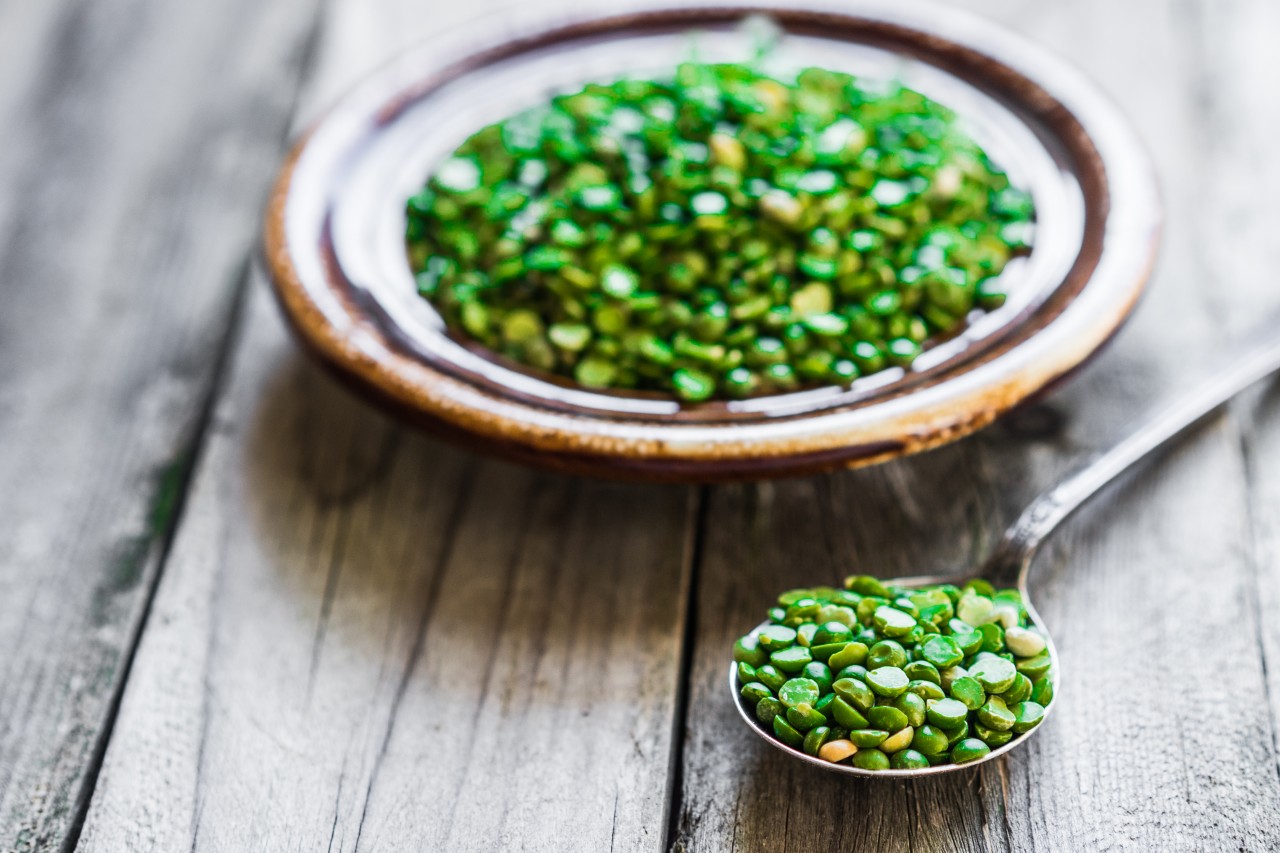
What are legumes, you say? They are the edible fruit or seed of a particular group of plants known as the Fabaceae family. All leguminous plants contain a seed and a pod – think of the old saying ‘like 3 peas in a pod’. The term Legume originated from the word ‘legere’ which means ‘to pick ’in Latin.
Legumes are one of the most versatile foods we have available to us today. Not only are they a vegetable, but the Australian Dietary Guidelines also class them as a meat alternative and it’s not hard to see why. With a protein content that rivals meat and a bounty of nutritional benefits, it seems like legumes have it all!
Many of us have heard about legumes, but not many of us are eating them. Some of the legumes you would recognise include chickpeas, lentils, beans, peas, alfalfa, mung beans and even peanuts (yes, that’s right they’re actually a legume and not a nut!).
Taking a few of the common legumes that may be sitting in your pantry and fridge, let’s take a quick look at their nutritional value.
How much should I be eating?
Legumes are a great inclusion in your diet and can be really versatile to incorporate in your dishes. As they are high in protein and complex carbohydrates, legumes fall in both the protein and starchy vegetable category of the Australian Guide to Healthy Eating.
One serving of legumes is equivalent to 75g (½ a cup of cooked) beans as a vegetable serve or 150g (1 cup) as a meat alternative serve. Adults should be aiming for around 5-6 serves of vegetables and 2-3 serves from the meat group each day, so eating legumes can count towards either category. A good recommendation is to try to include legumes in at least two meals a week, but there is nothing stopping you from eating some every day.
Nutritional benefits
Legumes are really nutritious containing a wide range of vitamins and minerals including iron, magnesium and copper as well as B-vitamins like folate, thiamin, riboflavin, niacin and vitamin B6. They are also naturally low GI foods, meaning that they provide slow release energy to keep you going throughout your day, and prevent erratic blood glucose levels.
Protein
Legumes are generally a good source of protein, so you can use them as meat alternatives in your dishes or even go half-half for some variety (or if you have got some fussy customers). From the legumes compared, brown lentils contain the most protein, providing approx. 15% of the recommended dietary intake for a typical adult woman in a 100g serving.
Cholesterol and Sodium
Being plant based, legumes are naturally low in fat and are cholesterol-free. They also contain compounds called phytosterols, which bind to cholesterol in the gut preventing re-absorption, and can help to reduce or manage blood cholesterol and reduce the risk of heart disease.
Legumes are naturally low in sodium, although canned varieties often have salt added during the process of preservation. Make sure you drain them and give them a rinse under the tap (ideally so water runs clear) before adding them to your dish to reduce the sodium content.
Fibre
Research has shown that having a diet which includes a wide range of fibre-containing foods helps to reduce the risk of developing a range of medical conditions and in particular colorectal cancer.. Legumes are full of fibre, with 100g kidney beans supplying 26% of the average woman’s recommended dietary intake of 25g. Including good sources of fibre like legumes into your diet can not only help to keep your appetite under control but can also have a pre-biotic and bulking effect to keep your gut happy, while keeping things moving!
Are there any down sides?
Fibre is an essential part of our diet but the addition of legumes to your diet can sometimes mean that your tummy may have some difficulty digesting it all. A well known rhyme ends with, “beans may make you fart” as your gut bacteria is working harder to break down some of the carbohydrates found in legumes, which produces gas. A sudden increase in fibre intake can also cause flatulence, so if you don’t currently eat them at all, increase your consumption gradually to reduce issues with gas and don’t forget to drink plenty of water.
Individuals with IBS may need to limit their consumption of legumes to canned varieties only. This is because the sugar known as galacto-oligosaccharides (GOS) that can cause stomach discomfort for some IBS sufferers leeches out of the beans into the surrounding brine. This greatly reduces the FODMAP content of the beans, but means the brine around them is high in GOS. So if you do have IBS, and are using canned legumes, make sure they’re well-rinsed before you add them to your cooking or dish and limit your intake to ¼ to ½ a cup in one sitting as tolerated.
How do I prepare them?
Canned legumes can be a cheap and time-saving way to incorporate beans into your meals. You can also prepare your own legumes by buying dried varieties and following the instructions on the packet, which are usually to soak them overnight, then rinse and drain before cooking. This can take longer to prepare, so planning is key!
Although your first thoughts may be on how to incorporate more legumes into your diet, don’t fret too much, as you can add these ones into your diet without batting an eyelid!
Here are some fabulous ways of incorporating legumes into your repertoire:
• Pop a four bean mix in your salad for lunch,
• Adding some lentils to your winter-warming soup,
• Whipping up some hummus (made from chick peas) to eat with your vegetable sticks or crackers,
• For a fun and delicious snack, try oven-roasting chickpeas and dusting them with your favourite combination of herbs and spices for that extra flavour,
• Next time you are whipping up a bolognaise en masse add some lentils to mix and pop it in the freezer,
• And let’s not forget a classic and everyone’s favourite. Baked beans on toast or in a jaffle – can be a time and budget saver for a quick meal!
Legumes are often found in Middle Eastern, Mediterranean and Indian cooking, so there are some great recipes to look up for some main dish inspiration. Legumes are generally a staple meat-alternative in vegetarian and vegan diets but that doesn’t mean everyone else should only eat them on occasion. Try implementing vegetarian based meals regularly into your diet, such as on ‘Meat-Free Mondays’.
So which legume is best?
I wouldn’t pick one legume above them all as I think they’re all great! Being low in fat and such a great source of fibre and protein, legumes help to reduce the risk of developing cardiovascular disease and colon cancer, while controlling appetite and blood glucose levels. Including a wide variety of legumes is a great option to get a mix of nutrients, and should be part of a healthy diet, and it also makes the process of eating more interesting and exciting! Be mindful of the salt added to canned varieties and if you’re not used to such high amounts of fibre, start slowly and work your way up! Enjoy!

Get nutritious recipes
straight into your inbox!
Send your details now to receive Melanie’s recipes designed around a range of dietary needs including improved fertility, weight loss, general heath and wellbeing through improved nutrition. Receive the recipes specific to your needs.
As seen in






